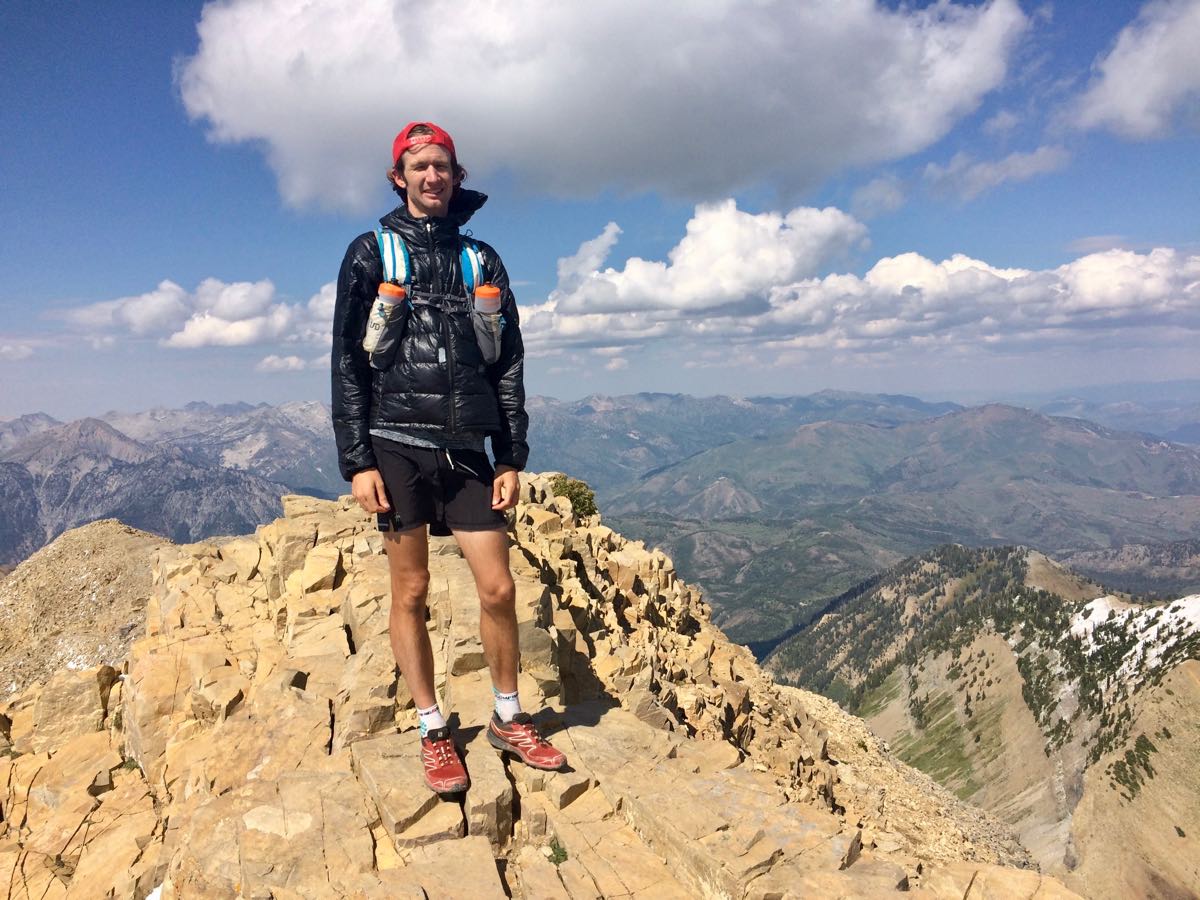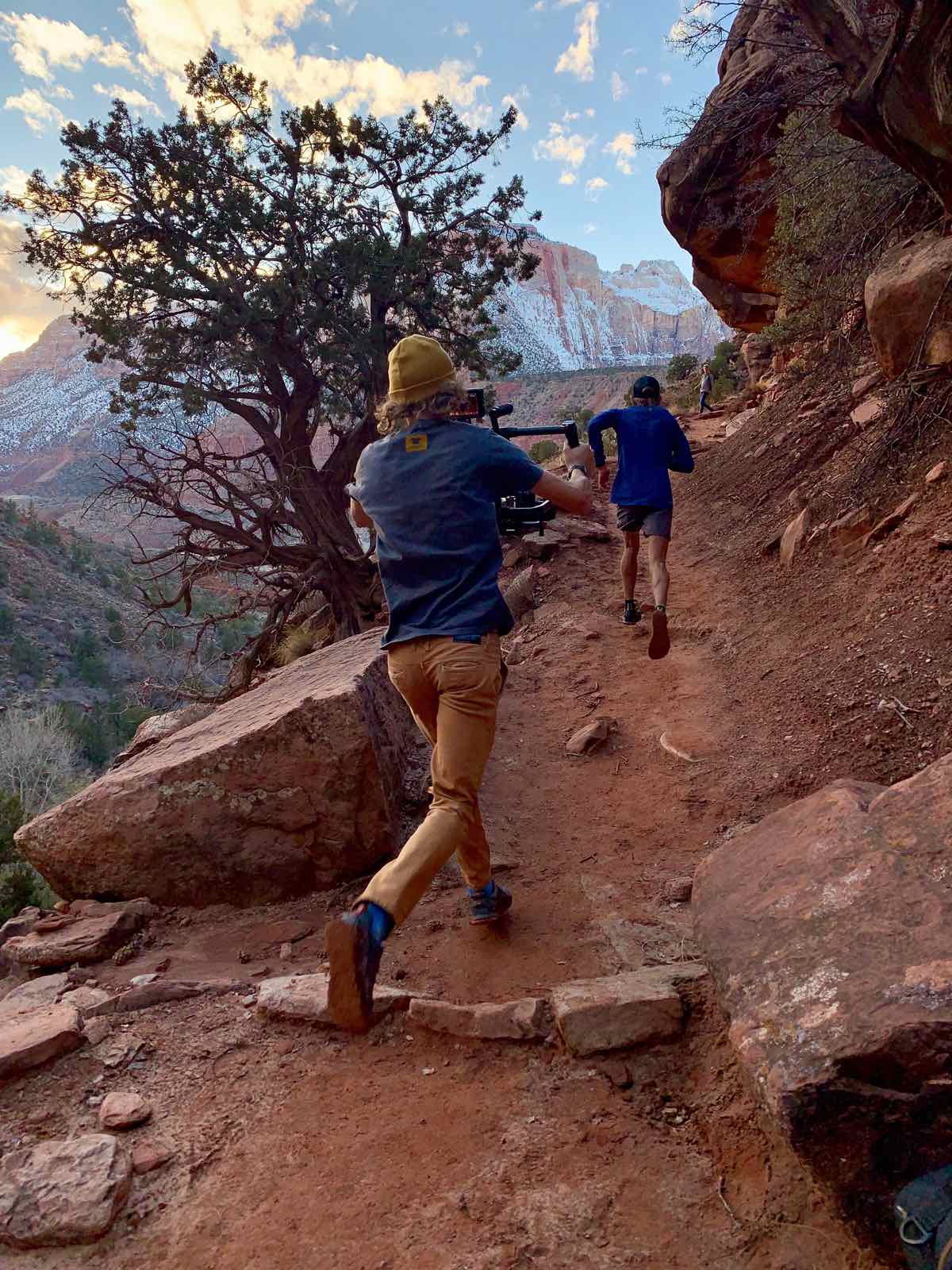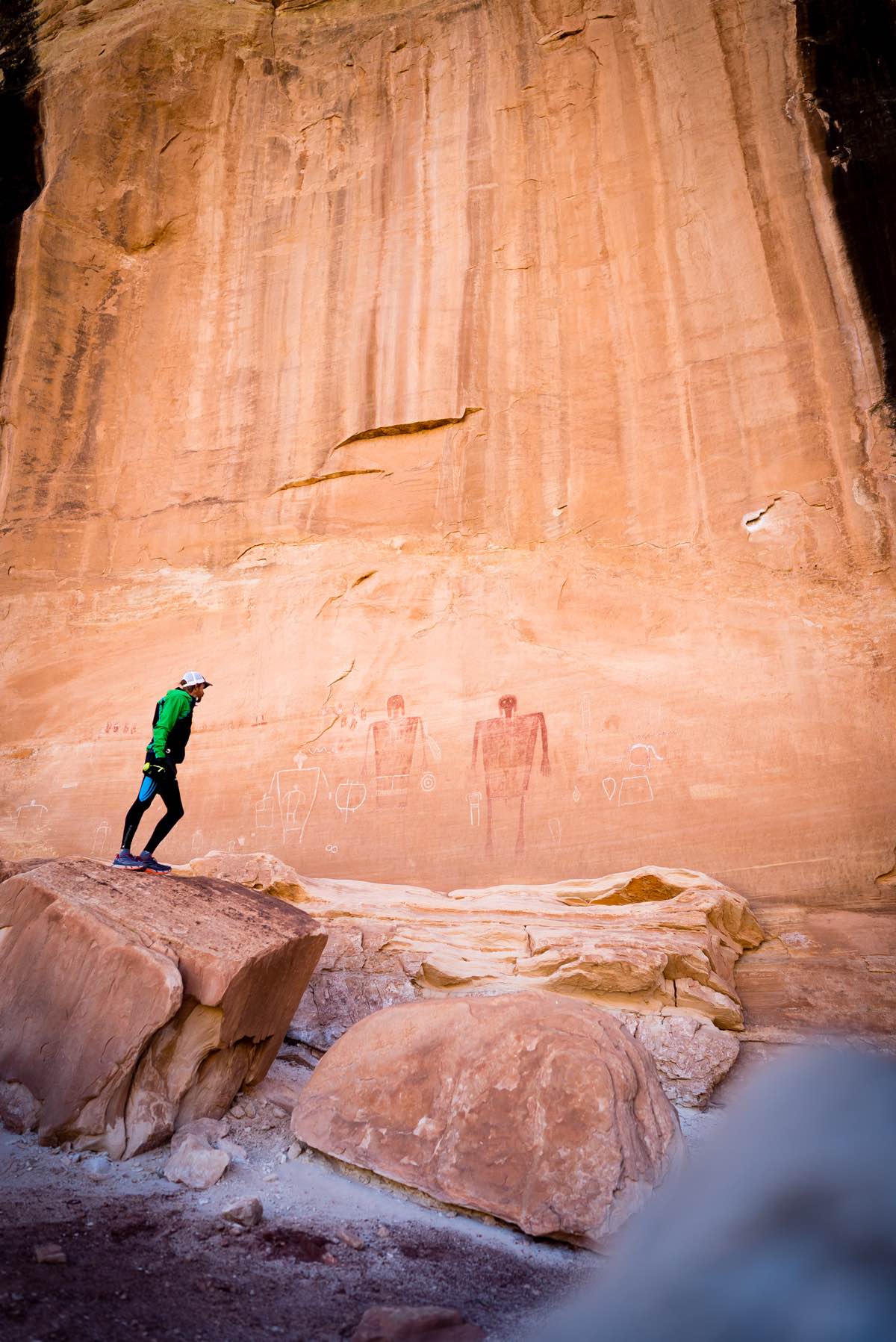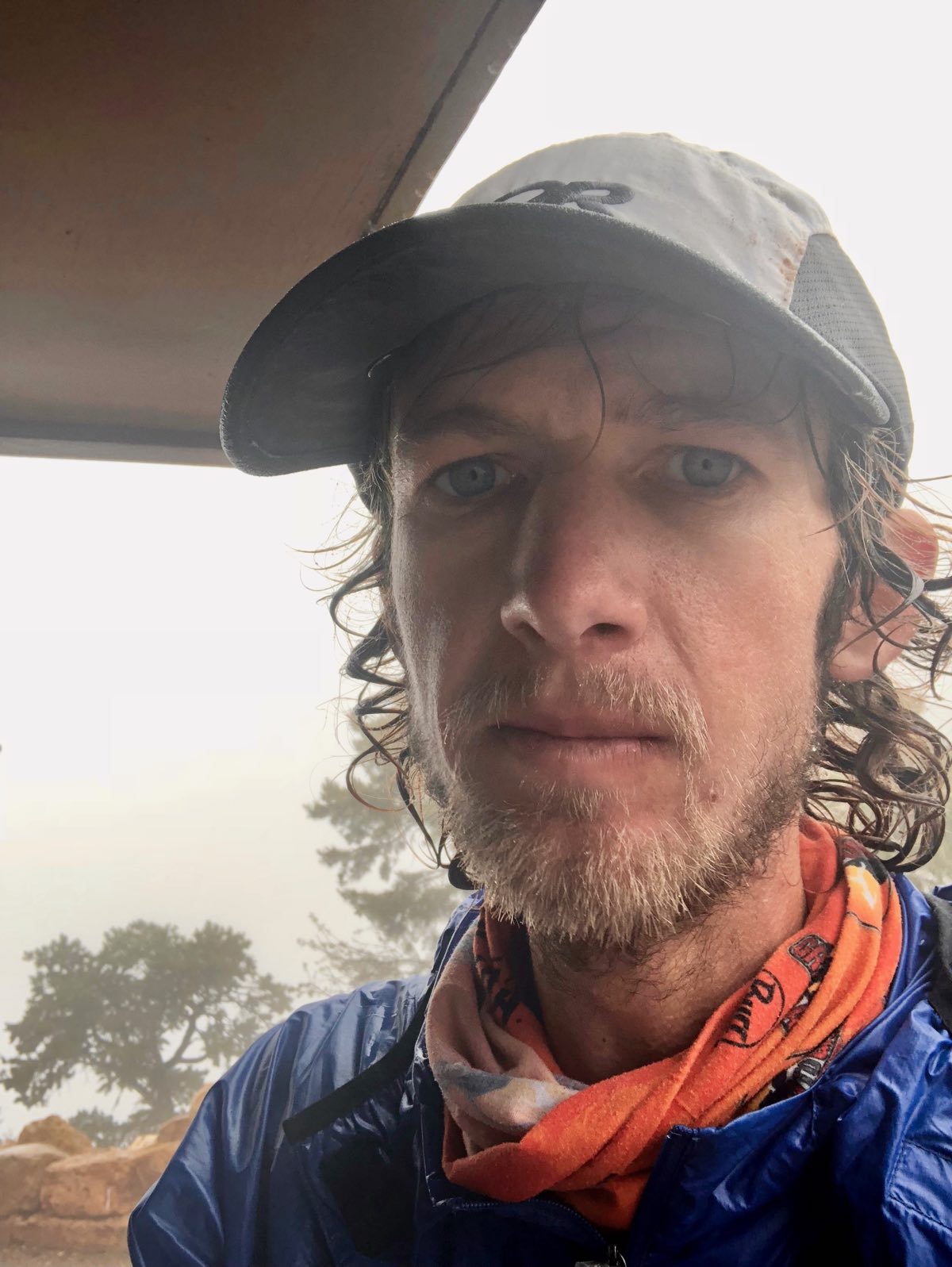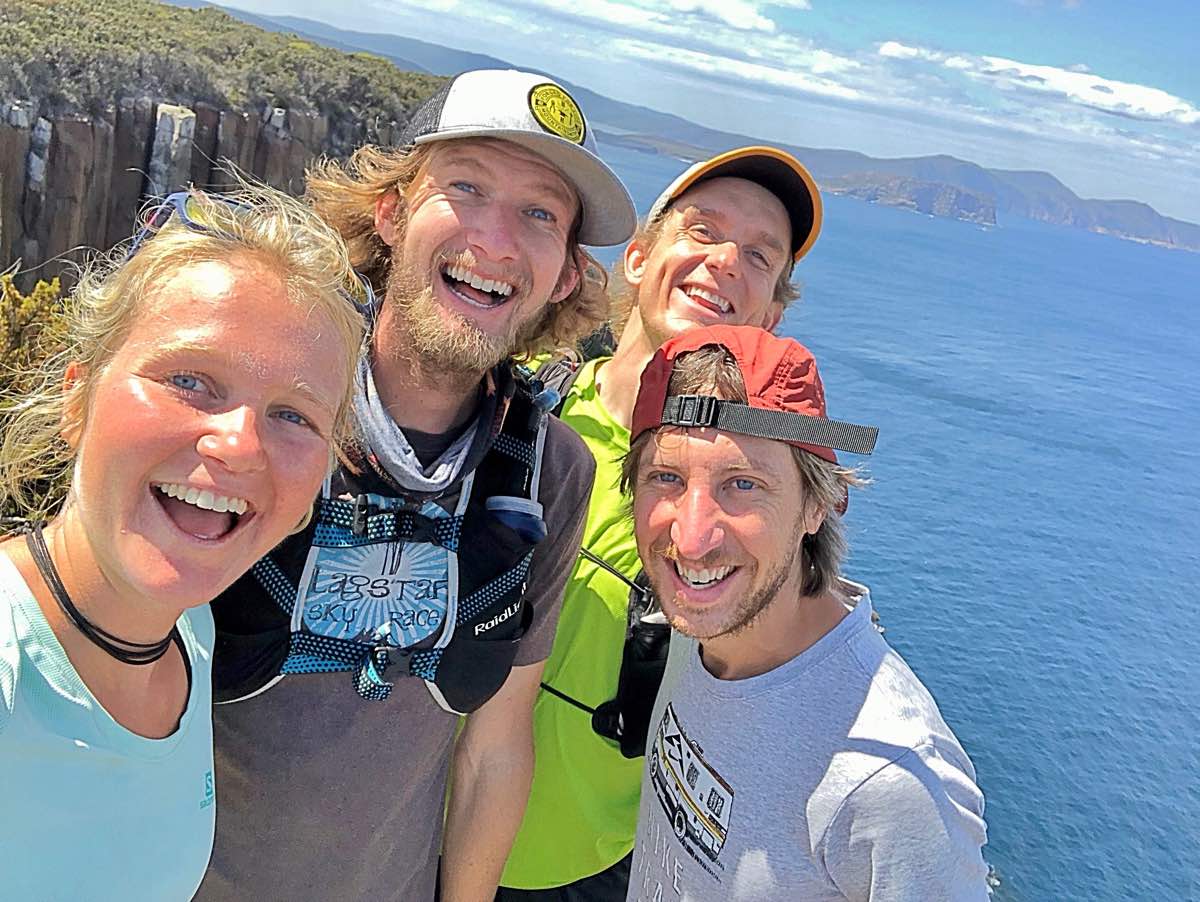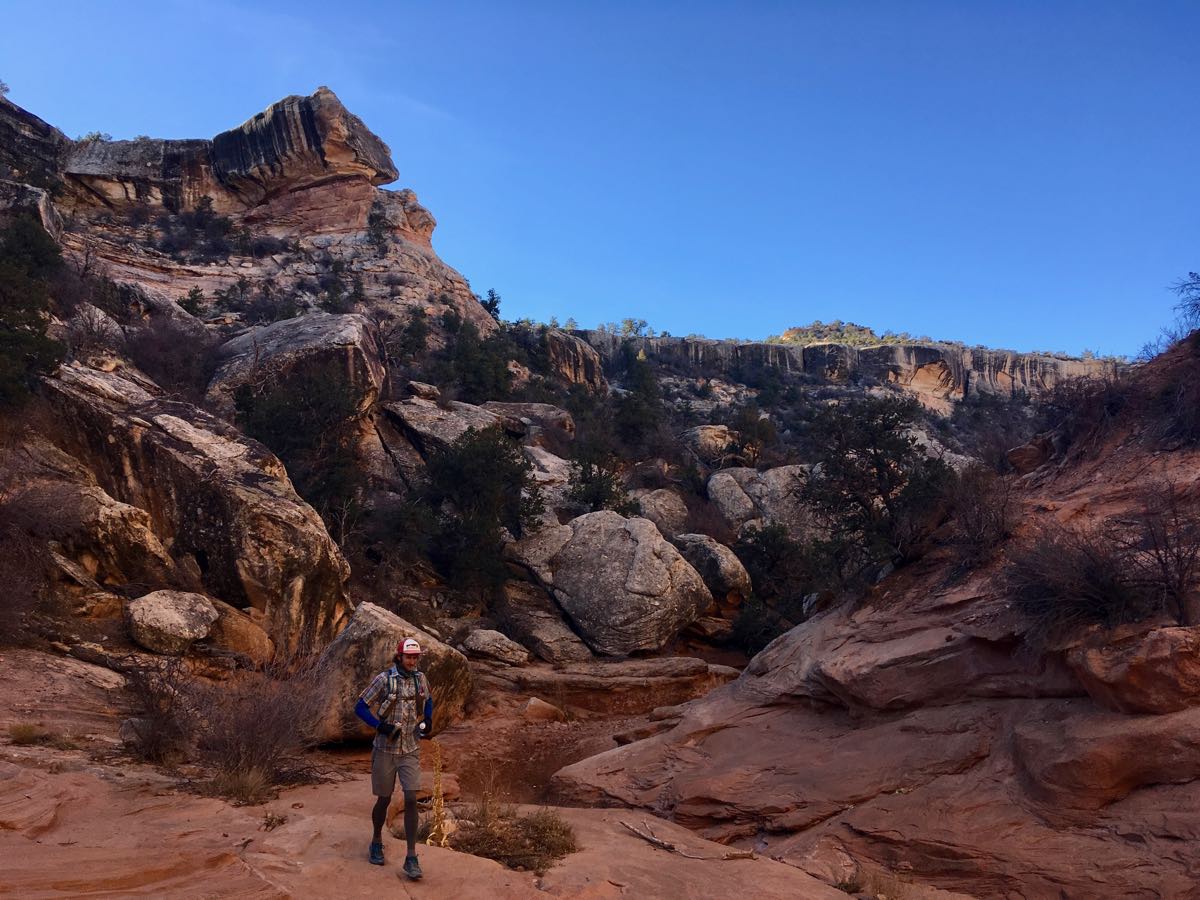When Derrick Lytle showed up to photograph at the 2013 Wasatch Front 100 Mile, he’d never heard of ultrarunning. That’s not long ago, especially for a professional photographer and videographer who now has a honed talent for and career built around sharing trail running and ultrarunning stories. As soon as his interest was piqued by the idea of long-distance endurance, he put his time and energy into developing a job that connected that passion and his creative eye. These days, he specializes in covering races, shooting runners on trail, and reporting narratives with environmental stories. He’s also an engine for awe-inspiring nighttime and time-lapse photography as well as documentary film.
“I thought to myself, How can people run 100 miles?” he recalls of learning about the Wasatch 100. He’d started racing Ragnar Relay events for fun with some buddies and while he was researching upcoming races, he stumbled across the Wasatch 100. “The distance just wasn’t rationally pursuable, but why not take photos of the runners? That experience sparked the interest in my mind that people can run that far. It was really inspiring,” said Lytle, who grew up in Overton, Nevada, not too far from the Utah-Nevada border and close enough that in-state tuition was extended to him from Brigham Young University (BYU) in Provo, Utah. [Editor’s Note: Derrick shot these photos of the 2013 Wasatch 100 for Competitor Running, which is now called Podium Runner.]
Lytle was always intrinsically “curious about the world and hearing people’s stories,” he said, so he studied journalism and communications. That’s also when he started trail running in the Wasatch Mountains out his back door in Provo. “I had a roommate that ran a Ragnar and then a friend who convinced me to do a half marathon. After that, I found the trails behind my apartment in Provo and that’s where it all took off,” said Lytle.
Where he lived then was known as Silicon Slopes for its high concentration of entrepreneurs and start-ups. “Provo is college town with a lot of intricacies and it’s often stereotyped as having ‘no culture.’ But in reality, Provo has a lot going on. There’s a lot of diversity, music, restaurants, and really solid mountain runs. I was bored with college but the determining factor of me living there was that I loved that the beauty of the Wasatch was outside my door and also the desert access. You’re so close to Moab,” said Lytle of those years.
He rented space in a house with anywhere from 10 to 15 tenants at a time. Everyone was trying to break into the gig economy and no one had a stable job. No one even had a bed, with most sleeping on floors. Eventually, he moved into his car to live for a while and started doing freelance photography.
His first-ever camera was a 35mm SLR Canon from his parents, which they gifted him in high school. Then, “I bought a mini video recorder from Walmart when I saved enough. When I was in high school, my friends and I played paintball a lot, and I wanted to make videos about us. In essence, those videos were my first stories. That was the start of it all. From there, my interest in storytelling grew up,” he said.
Later, he experimented in climbing videography, too. In 2012, Lytle graduated from BYU and worked at a company called Property Solutions doing search-engine optimization. His buddy George Bruce Wilson—Lytle’s second cousin and owner of Three Peak Films—invited Lytle to help film “Project American Fork,” a chronicle of rock climbers. That project inspired him so much that he decided to leave his job and pursue visual storytelling full-time.
“As a kid, I was interested in outer space. Using Vimeo and YouTube, I could watch videos with the Milky Way and stars. My intrigue spiraled from there. Later, when I was getting into filmmaking and photography, I had to teach myself how to capture the sky. At the time, it was a new way of filmmaking. Now, you can find step-by-step tutorials and it’s simple to do. But when I was starting, there was no information,” Lytle said. Learning how to shoot nighttime photos took a lot of trial and error and then more trial and error. But his motivation was rooted in his enjoyment of simply being outside.
He wanted to find new ways to capture what most inspired him in the landscape, which led him to dive deeper into night-time and then time-lapse photography. In turn, those elongated processes allowed him to see and appreciate the world’s beauty in new ways. “I love experiencing and feeling a transition from a sunset to the night sky coming out in real life, for six hours. You watch the equipment, and observe everything from the burning hot sunset to hearing the animals come out as sun goes down, and then it’s quieter. In trying to show people that transition [through those photography means,] you end up seeing the world a bit different,” he said.
And Lytle kept shooting photos and video at races. He was fascinated with the observable shift that runners experience during a long ultramarathon push. “In general, trail runners are laid-back but very passionate. An online persona might be a dirtbag with a law degree. They’re highly motivated, high-functioning people. It’s interesting to see them on the trail, where things are out of control, and they have to make the best of it. They might be totally rundown but they still enjoy it and are grateful to be outside,” said Lytle.
Most recently, Lytle was hired to work full-time as a videographer at the trail-events-organizing company Aravaipa Running, so he relocated to Phoenix, Arizona, where it is based. In the project queue, he plans to spend a month in Silverton, Colorado for the Hardrock 100, so that he can backpack the course, shoot time-lapse photos, and capture video footage. On the horizon, Lytle’s passion projects include an exploration of the Navajo Nation by bike, camera in hand. He’ll start in Page, Arizona at the Glen Canyon Dam and go toward the Navajo Nation’s Monument Valley Tribal Park with a mission of capturing environmental narratives connected to an older coal and newer solar plant on the nation. Recently, he captured images of Hayden Hawks running in Bears Ears National Monument, with the goal of sharing the region’s indigenous and environmental history and building awareness about federal-land threats.
“I’d like to do more environmental and political stories when it comes to running. I really love the run community in Utah and Arizona, because that’s where I found trail running. I know there are great groups in California, Washington, and elsewhere, but these are the places I feel most comfortable. Everywhere you go, you can connect with people through running, whether or not you have anything else in common in life,” said Lytle. And, “In general, hearing people’s stories is as interesting to me as the art of capturing it. I think everyone has something exciting to talk about and an interesting story,” he said.
Down the line, when work pace settles down, he’d like to train and put his energy toward a third fastest-known-time attempt on the 800-mile Arizona Trail, which stretches north-to-south through the state. “I first heard about it first from Heather Anderson, who has the women’s self-supported FKT. I do a lot of hiking and backpacking and the Arizona Trail has always intrigued me. On paper it looks simple, but you get out there and there’s extreme high altitude, the Grand Canyon, mountain ridges, and desert. And all that terrain goes from burning hot to freezing. The landscapes are really variable,” he described. On his first attempt, in 2017, a dental emergency pushed him off trail, and with the most recent, in 2018, turbulent weather derailed him.
“I need to reevaluate first to make sure I’m in the right mindset and have the physical abilities before my next attempt. I want to be respectful to the people who have gone before and done amazing things out there,” said Lytle. Right now, travel is still a big part of his work. Last year, he went to Australia, India, France, and Mexico. But nothing out there quite feels like his Utah and Arizona regional home.
“I enjoy the Southwest’s environment, people, and culture. I don’t want to sound ungrateful, but when I’m gone, I wonder what’s going on back home. I always want to come back here to southern Utah or Arizona. It’s mind-boggling that I live in such a beautiful area and with such interesting people. I learn a lot from all of these experiences [around the world], but at the same time I’m just as happy canyoneering in Zion [National Park] and finding interesting stories down the street,” he said.
It is clear that Lytle’s curiosity guides him wherever he looks. With Lytle’s inquisitiveness, determination to hone his technical skills, and an open mind, he’ll continue to uncover rich and untold story threads in the trail community and environments of the Southwest–and wherever the trail leads him.
Call for Comments (from Meghan)
- What of Derrick Lytle’s photography and videography have you found the most compelling?
- Can you share another story of racing, adventuring, or working with Derrick? Thanks!
